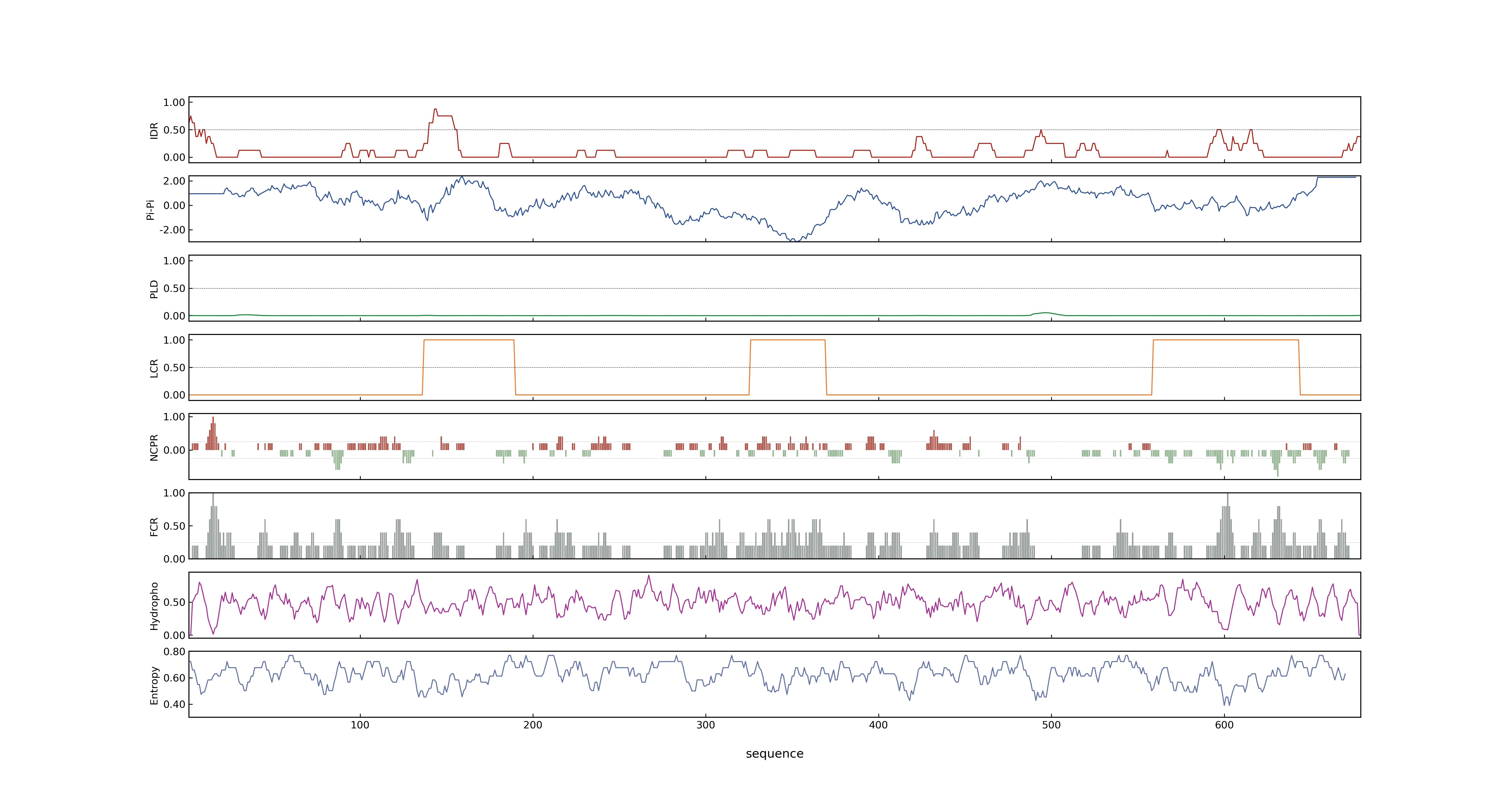- Information
- Symbol: PTC1
- MSU: LOC_Os09g27620
- RAPdb: Os09g0449000
- PSP score
- LOC_Os09g27620.1: 0.5003
- PLAAC score
- LOC_Os09g27620.1: 0
- pLDDT score
- NA
- MolPhase score
- LOC_Os09g27620.1: 0.52039182
- MolPhase Result
- Publication
- Genbank accession number
- Key message
- PTC1 encodes a PHD-finger (for plant homeodomain) protein, which is expressed specifically in tapetal cells and microspores during anther development in stages 8 and 9, when the wild-type tapetal cells initiate a typical apoptosis-like cell death
- Microarray analysis indicated that 2,417 tapetum- and microspore-expressed genes, which are principally associated with tapetal development, degeneration, and pollen wall formation, had changed expression in ptc1 anthers
- Moreover, the regulatory role of PTC1 in anther development was revealed by comparison with MS1 and other rice anther developmental regulators
- These findings suggest a diversified and conserved switch of PTC1/MS1 in regulating programmed male reproductive development in both dicots and monocots, which provides new insights in plant anther development
- The evolutionary significance of PTC1 was revealed by partial genetic complementation of the homologous mutation MALE STERILITY1 (MS1) in the dicot Arabidopsis (Arabidopsis thaliana)
- Here, we report a key regulator in monocot rice (Oryza sativa), PERSISTANT TAPETAL CELL1 (PTC1), which controls programmed tapetal development and functional pollen formation
- Even though ptc1 mutants show phenotypic similarity to ms1 in a lack of tapetal DNA fragmentation, delayed tapetal degeneration, as well as abnormal pollen wall formation and aborted microspore development, the ptc1 mutant displays a previously unreported phenotype of uncontrolled tapetal proliferation and subsequent commencement of necrosis-like tapetal death
- Connection
- OsTDF1, PTC1, The functional analysis of OsTDF1 reveals a conserved genetic pathway for tapetal development between rice and Arabidopsis, The qRT-PCR analysis revealed that OsTDF1 acts downstream of UDT1 and upstream of TDR, EAT1, OsMYB103 and PTC1 in rice, suggesting that the genetic pathway for tapetum development is generally conserved between rice and Arabidopsis
Prev Next
